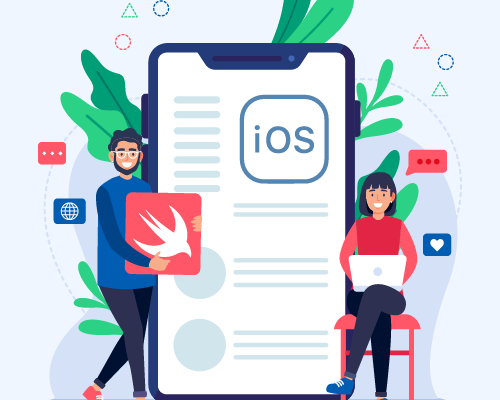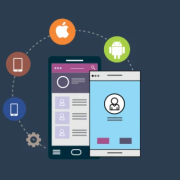Debugging your iOS app can be daunting task, especially for Swift developers. It is an important to have the right tools and techniques to be sure that your app runs smoothly and without any issues.
We will discuss some tips and tricks that help you while debugging your iOS app. We will also discuss how to use the Xcode debugger. With these tips and tricks, you can become an effective iOS app developer who can quickly identify and fix any bugs or issues that may arise in their apps.
Things you can do to make debugging your iOS app easier
1. Use Xcode’s debugging tools:
Xcode is a set of debugging tools that can help you track down and fix bugs in your app.
Here are some Useful tools:
- Breakpoints: Breakpoints allow you to stop the execution of your code at a specific point. It can be helpful for inspecting the state of your app’s variables for stepping through your code line by line.
- Console: The console displays output from your app, including errors, warnings, and other messages. It can be helpful for tracking down problems with your app’s behavior.
- Memory viewer: The memory viewer shows you a snapshot of the memory used by your app. It can be helpful for finding memory leaks or other problems with your app’s memory usage.
2. Use a simulator :
- When debugging your app, mandatory to test it on both a simulator and a real device. It is because there can be differences in how your app behaves on different devices.
- For example, some features may not be available on all devices, or some devices may have different screen sizes or resolutions.
3. Write good code:
- The best way to avoid bugs is to write good code in the first place. It means following good coding practices, such as using meaningful variable names, writing clear and concise code, and using comments to explain your code.
4. Use a linter:
- A linter is a tool that can help you find potential problems in your code. Linters can be helpful for finding things like unused variables, typos, and other errors.
5. Get feedback from others:
- Once you’ve written your code, this is helpful to get feedback from others. It could include other developers, beta testers, friends, and family. Getting feedback from others can help you identify problems that you may have missed.
6. Don’t give up:
- Debugging can be frustrating, but this is important to don’t give up. Keep at it. You’ll find the bug and fix it.
Additional tips that can help you debug your iOS app:
- Use a debugger to step through your code line by line. It can help you identify the exact code that is causing the problem.
- Use the console to print out the values of variables and objects. It can help you track down the root cause of the problem.
- Use a memory profiler to identify memory leaks. Memory leaks can cause your app to crash or run slowly.
- Use a unit testing framework to write tests for your code. Unit tests can help you identify bugs early in the development process.
It’s a task to Debug your iOS app, but it’s an essential part of the development process. By following these tips, you can make debugging your app easier and more efficient.
Also Read: The Evolution of Mobile App Development: Unlocking Success with Seven Infosystem






Comments